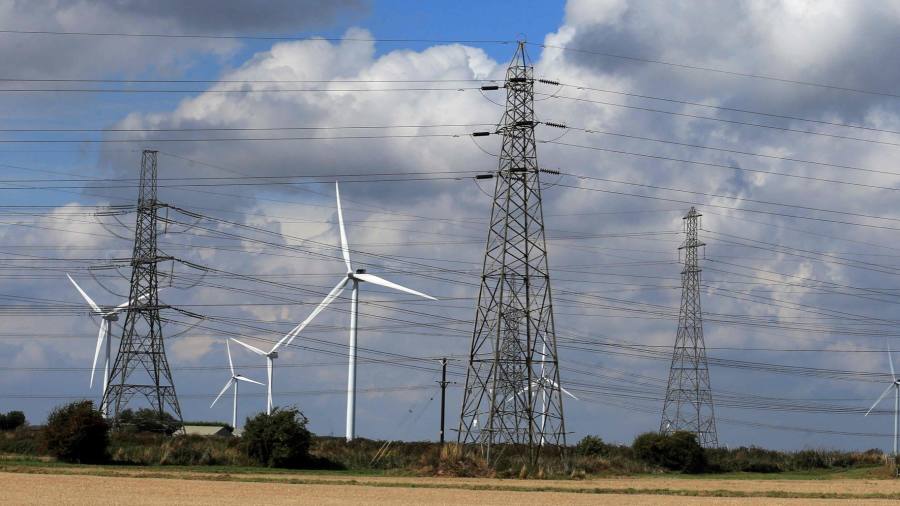[ad_1]
A Labour government would spend £8bn co-investing with private companies in green projects ranging from battery factories to wind farms, shadow chancellor Rachel Reeves will announce on Monday.
Reeves will promise to invest the money into a central pot called the “National Wealth Fund” to encourage greater private investment into shifting Britain towards a low-carbon economy.
The cash comes from £28bn a year of extra borrowing announced last year by Labour towards a wider Green New Deal.
Reeves will say that the £8bn could allow the go-ahead of projects including eight new battery factories, six clean steel plants, nine renewable-ready ports, a hydrogen electrolyser plant and net zero clusters.
Labour leader Keir Starmer earlier announced that the UK would have an entirely carbon-free electricity system five years earlier than the current Conservative government. He also pledged to “put a stop” to new long-term exploration for oil and gas in the North Sea.
The Labour leader said that, if elected prime minister, he would set a target of a fossil-fuel free electricity system by 2030 to make the UK a net exporter of clean energy. That would require a faster rollout of renewable energy schemes, such as wind farms and solar panels, as well as new nuclear power stations.
That target compares with the Conservative government’s aim of reaching the same target by 2035, and generating 95 per cent of electricity from carbon-free sources by 2030.
“The British people are sick and tired of rocketing energy bills and our energy system being exposed to dictators,” Starmer said. “They want long-term solutions to cut bills for good.”
Starmer claimed that hitting the clean energy target would save British households £93bn over the rest of the decade — given the sky-high wholesale price of gas.
Decarbonising the electricity system, however, is only one part of reaching the government’s existing “Net Zero 2050” target, which also requires shifting transport and heating systems from gas to electricity.
Labour said it would hit the 2030 electricity target by quadrupling offshore wind, accelerating the use of floating offshore wind farms, tripling solar power and doubling onshore wind capacity.
The Labour plan also envisages the completion of new nuclear power stations at Hinkley Point and Sizewell, as well as backing new “small modular reactors”.
However, Starmer said a Labour government would keep a “strategic reserve” of back-up gas-fired power stations to guarantee security of supply. He added that it would invest in hydrogen and in carbon capture and storage schemes, to ensure there is zero-emission back-up power when there is no wind or sun.
Labour’s plans for a new industrial strategy are due to be outlined by shadow business secretary Jonathan Reynolds at the party’s conference on Monday.
Under the Tory-Liberal Democrat coalition, the then prime minister David Cameron authorised a new industrial strategy, only to drop it after the 2015 election. Then, his successor, Theresa May, approved a fresh industrial strategy which was junked by the next premier, Boris Johnson.
Not only would Labour adopt its own new industrial policy but it would also create an industrial strategy council which would be put on a statutory footing, Reynolds said: “This would help end the farce of long-term plans that do not survive the political cycle.”
Reynolds promised a Labour government under Starmer would not return to the 1970s approach of trying to pick industrial winners by backing individual companies or sectors.
Instead, he said the Labour strategy would be compelled by the new council to achieve four missions: delivering clean power; harnessing data for the public good; “caring for the future”; and building an economy more resilient to supply-side shocks.
[ad_2]
Image and article originally from www.ft.com. Read the original article here.

